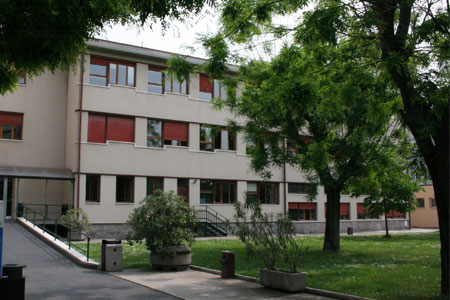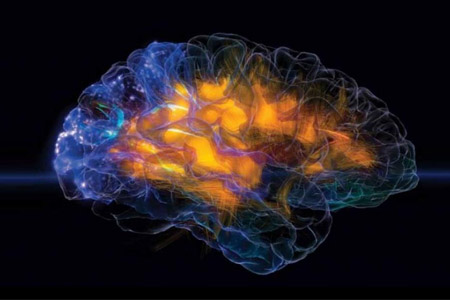OBIETTIVI: The DEM-CHILD project will combine the expertise of (i) recognized
European research teams with (ii) high-technology SMEs, and will (iii) collaborate with
Indian experts on the following objectives:
(1) High-technology SMEs will develop innovative cost- and time-effective testing and
screening methods for all NCLs in order to ensure early diagnosis and thereby
prevention.
(2) DEM-CHILD will collect the worlds largest, clinically and genetically best
characterised set of NCL patients in order to study disease prevalence and precisely
describe the natural history of the NCLs leading to the development of an evaluation
tool for experimental therapy studies.
(3) Novel biomarkers and modifiers of NCL will be identified to support the
development of innovative therapies.
(4) Focussing on the development of therapies for NCLs caused by mutations in
intracellular transmembrane proteins, two complementary therapeutic strategies will
be used and compared in eye and brain of mouse models: a) viral-mediated gene
transfer and b) neural stem cell-mediated delivery of neuroprotective factors.
ABSTRACT: The DEM-CHILD project focusses on the main cause for childhood
dementia in Europe, the neuronal ceroid lipofuscinoses (NCLs). The NCLs are
neurodegenerative diseases characterized by dementia, blindness, epilepsy and
physical decline leading to an early death of the patients. Since no cure is currently
available, these disorders represent a serious social, medical, and economic challenge.
To date, eight NCL genes have been characterised. There is evidence suggesting that
further gene loci remain to be identified. NCLs are under-diagnosed in many countries
around the world as there is an overall lack of research, early diagnosis, treatment and
expert availability. Furthermore, due to their broad genetic heterogeneity it is difficult
to collect large numbers of genetically similar patients. As such, large therapeutic
studies required for advances in treatment are difficult to initiate.







